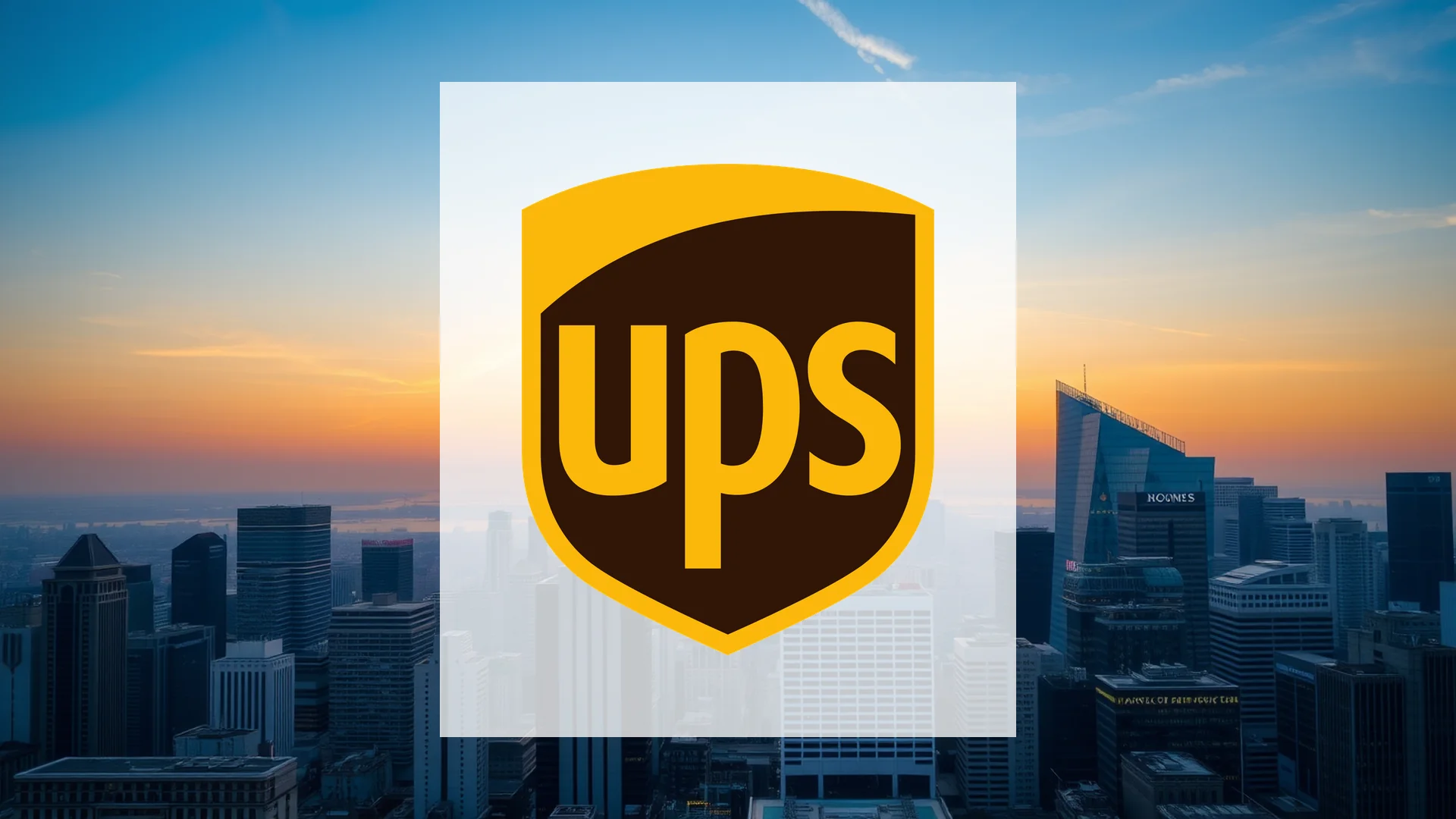The shipping and logistics titan UPS is navigating a significant downturn, with its stock price plunging to a level not seen in five years. A combination of disappointing financial performance and strategic shifts has placed the company on a distinct downward trajectory, even as broader markets show strength. The central question for investors is what is driving this severe depreciation in value.
Financial Performance Highlights Mounting Pressure
Recent quarterly results paint a clear picture of the challenges confronting the parcel delivery giant. The figures reveal the tangible impact of the company’s current struggles:
- Declining Revenue: For Q2 2025, consolidated revenue fell by 2.7 percent, landing at $21.2 billion.
- Earnings Miss: The company reported earnings per share of $1.55, narrowly missing the consensus forecasts from Wall Street.
- Valuation Slump: The stock’s price-to-earnings (P/E) ratio has sunk to 13.3, hovering near a two-decade low.
In response to these headwinds, UPS management has announced an aggressive cost-cutting initiative, targeting savings of $3.5 billion for the year 2025. This substantial figure underscores the severity with which the company is treating its current predicament.
Strategic Pivot Away from Amazon Creates Short-Term Pain
At the heart of UPS’s turmoil is a fundamental strategic decision concerning its largest customer: Amazon. In a bold move, the company has decided to deliberately reduce its package volume with the e-commerce behemoth by a substantial 50 percent before June 2026. The rationale is straightforward—the profit margins on this business are too slim to be sustainable.
Should investors sell immediately? Or is it worth buying United Parcel Service?
Instead of continuing to move high volumes at low prices, UPS is reorienting its focus toward more lucrative market segments. The new strategy emphasizes expanding its footprint in specialized logistics for the healthcare industry and intensifying efforts to serve small and medium-sized businesses. While this shift is designed for long-term profitability, it comes with immediate consequences. A reduction in package volume translates directly to lower revenue in the short term, a trade-off that is already evident in the latest financial reports.
Wall Street’s Divided Verdict on Recovery Prospects
Market experts are currently split on the outlook for UPS shares. Some analysts view the historically low valuation as a potential buying opportunity, suggesting the current price may not fully reflect a successful long-term turnaround. Conversely, other strategists express caution, pointing to the persistent issues of shrinking shipment volumes and revenue declines.
The average analyst price target for the stock sits at $109.38, which is significantly above its present trading level. This disparity highlights the core uncertainty on Wall Street: will UPS successfully execute its strategic transformation, or will the company continue to face intense pressure from its self-imposed restructuring?
Ad
United Parcel Service Stock: Buy or Sell?! New United Parcel Service Analysis from November 28 delivers the answer:
The latest United Parcel Service figures speak for themselves: Urgent action needed for United Parcel Service investors. Is it worth buying or should you sell? Find out what to do now in the current free analysis from November 28.
United Parcel Service: Buy or sell? Read more here...










